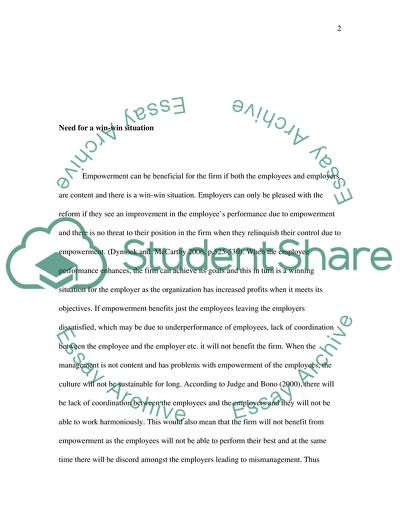Cite this document
(Performance Management: Employee Empowerment Coursework, n.d.)
Performance Management: Employee Empowerment Coursework. https://studentshare.org/human-resources/1709220-human-resource-management-performance-management
Performance Management: Employee Empowerment Coursework. https://studentshare.org/human-resources/1709220-human-resource-management-performance-management
(Performance Management: Employee Empowerment Coursework)
Performance Management: Employee Empowerment Coursework. https://studentshare.org/human-resources/1709220-human-resource-management-performance-management.
Performance Management: Employee Empowerment Coursework. https://studentshare.org/human-resources/1709220-human-resource-management-performance-management.
“Performance Management: Employee Empowerment Coursework”. https://studentshare.org/human-resources/1709220-human-resource-management-performance-management.


